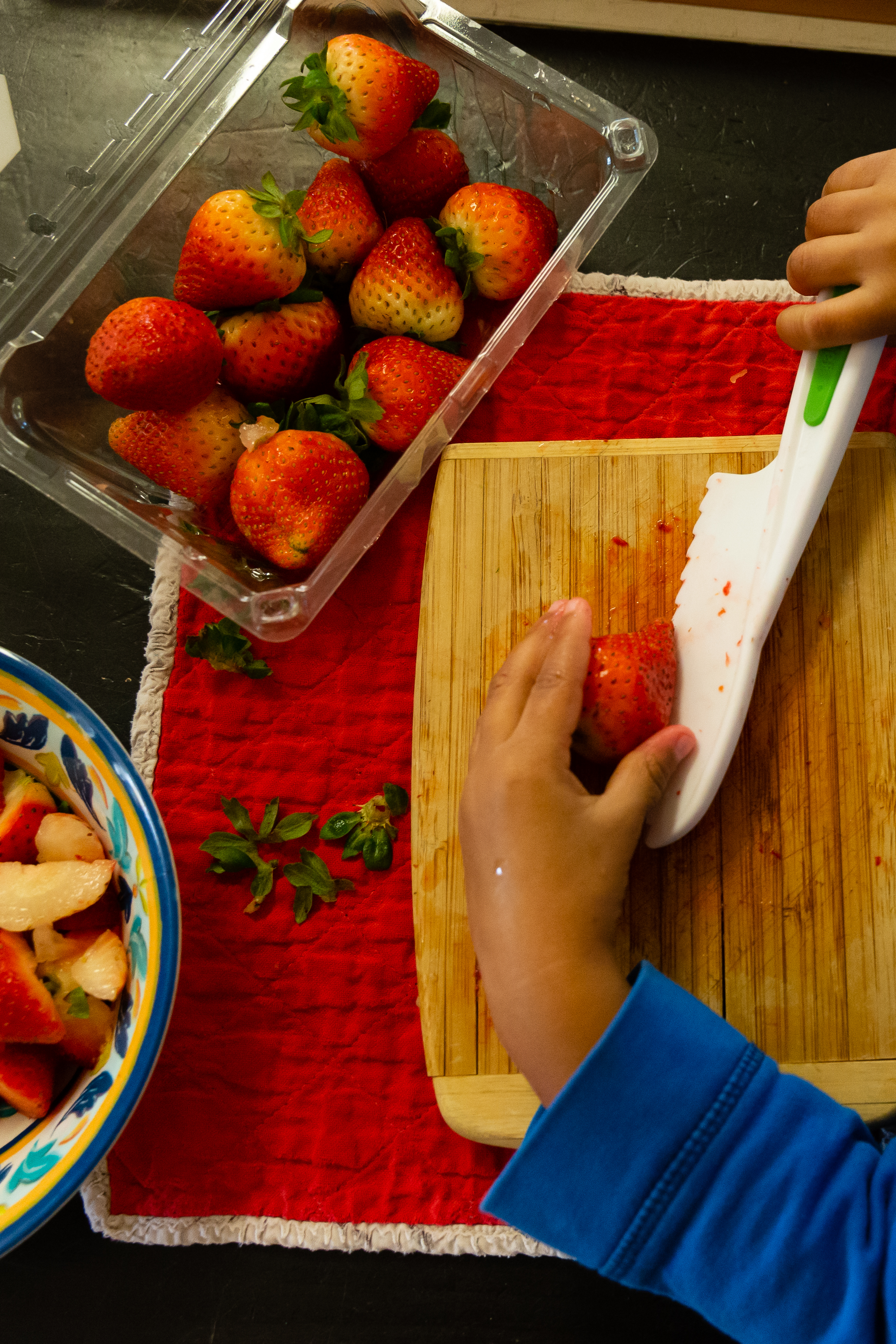(858) 759-0631
Did you know that six million children in America have food allergies?
What about your child? Are you and your school ready for the unexpected?
Eight common allergens are responsible for 90% of all food allergy reactions in children. These products include: milk; eggs; peanuts; soy; wheat; tree nuts; fish and shellfish.
How do you know if your child has a food allergy?
Here’s a primer:
-
Itchy red bumps on the skin or facial swelling
-
Gastrointestinal problems like nausea, vomiting or diarrhea
-
Runny or stuffy nose, sneezing or coughing
-
Lightheadedness or fainting
Diagnosing a Food Allergy
If you suspect your child has a food allergy, visit your doctor. Prepare for the visit by determining symptoms; how often and timing of your child’s reaction; and, whether other family members have allergies, eczema or asthma.
Your pediatrician may discuss lactose intolerance and celiac disease—Non-tolerance of the protein glucose--which can mimic food allergies.
Skin and blood tests may also be employed to determine which food allergen(s) your child may have.
Treating the Allergy
Sadly, no medications can cure food allergies.
As a result, treating a food allergy means never eating what causes the problem.
A second preventive measure is checking each food label for ingredients.
And, if your child wheezes or has asthma attacks, an epinephrine (EpiPen) should always be nearby—at home, in the car and at school.
Food Allergy Policy, Plan and Prevention
Our teachers and staff know every child who has a food allergy and we are prepared for any problem.
For example, we are prepared for different scenarios should an emergency arise. Whether your child is at snack time, lunch time, or on a field trip, we have procedures in place to manage each concern.
We talk with our students to ensure that they don’t share food; wash their hands before and after eating; and wipe down lunch tables with disinfecting wipes after eating.
Also, we have investigated our non-food items at the school that could contain allergens. For example, our art materials have been checked for allergens.
Finally, we communicate with our parents so they know another child has a food problem. This is helpful for birthday parties, get-togethers and the like where treats may be offered.
Our protocols are designed to ensure that any child with a food allergy is identified and his or her problem managed for their utmost safety. These preventive steps include communicating with both parents, children, teachers and staff. This is our expectation of what a strong private school does to maintain our children’s health.
Lifetime Montessori School in Santaluz, a midpoint suburb in San Diego County, teaches nearly 200 students aged eighteen months through Grade Six. The school is beginning its 12th year of teaching tomorrow’s leaders.

